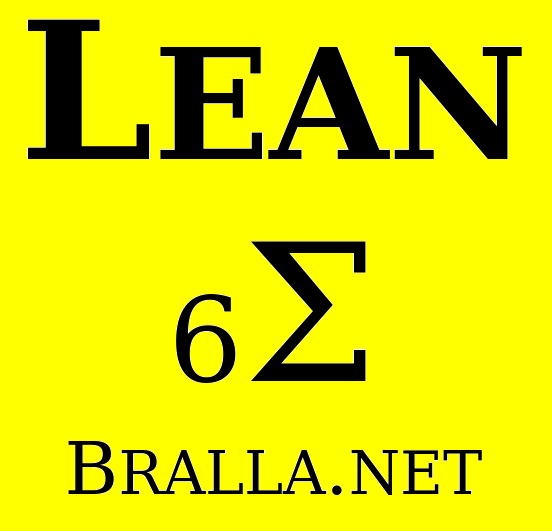
www.Bralla.net

377 Farmview Drive
East Earl, PA 17519
610-810-7716
Exquisitely simple
Maddeningly complex
Essential for Survival!

|
J. R. Casey Bralla www.Bralla.net  377 Farmview Drive East Earl, PA 17519 610-810-7716 |
"Lean Manufacturing" Exquisitely simple Maddeningly complex Essential for Survival! |
Get Help
Lean Topics
Vocabulary
Reading
Site Hosted by
Vorlon Information Technologies

Entire site Copyright © 2012 by J. R. Casey Bralla
(except for obvious external works).
All rights reserved.
NOTE: If you link to this site, or otherwise find it useful, please send a brief note to the author. Thank you!
Fundamentally, Lean Manufacturing defines a toolbox of tools to use that can help to eliminate "waste". This waste is generally fit into 7 (+1) categories.
These are:
The normal type of waste we've known all along. We call it scrap. Our existing factory procedures and systems are well equipped to identify, track, and correct this type of waste.
If you make it faster or sooner than the customer wants it, you've wasted your resources. Ideally, we make things at the exact rate that the customer wants them (his "takt" time). Any overproduction is waste. For old-time production guys, this can be a very difficult concept to accept.
The most obvious form of waste (and therefore, my favorite), waiting is anathema to almost everyone on the shop floor. This is the best form of waste to have, precisely because it is so visible, and visible waste is the easiest to eliminate.
The form of waste that the accountants love. (Or at least they used to love it before they became enamored of "Working Capital".) They call it an asset, but we know it really is a liability. It cost money to make, hasn't generated a dime for us yet (we haven't sold it yet), and has a nasty habit of being damaged or becoming obsolete. Old timers love it because it may have saved their butts once, but the problems it causes far out weigh the rare benefits it occasionally provides.
This refers to the extra stuff we do to the product that the customer doesn't want or care about. Examples include: 1) Inspection, 2) Rework, 3) Sorting, etc etc.
This is a fancy word for "pickin' it up and movin' it". The most obvious form is the forklift that carries things around the factory. It may be hard to believe, the but the customer doesn't care how many times you picked it up and moved it; he's only interested in the product being where he wants it at the end.
This refers to unneeded motions of people and products, and includes the classic "mechanic walking to get a tool for a setup". Good 5S can help eliminate this form of waste.
The 8th of the 7 Deadly Wastes. "From the neck down is minimum wage." You've hired their bodies; don't forget their minds!
A truly Lean enterprise scrounges for every resource it can find, and uses it all aggressively. Even the dumbest guy on the shop floor is an expert at something. Make him an ally, and get him to implement his own good ideas!